The D.C. Booth Fish Hatchery is one of 70 hatcheries founded by the U.S. Fish and Wildlife Service and was opened in 1896. The purpose of the hatchery was to introduce and establish a trout population in the Black Hills of South Dakota and Wyoming.
The first set of trout eggs (100,000 black spotted) arrived here in 1899 after the hatchery building, raceways, ice house, and rearing ponds were completed. This hatchery is still in operation today after being closed in 1983 and then re-opened in 1989. It currently spawns and releases 20,000-30,000 trout per year. It also serves as a fishing archive for the other hatcheries that were once in existence in the U.S. with approximately 150,000 visitors per year.
The fish ponds: upon arrival at the site there is large pond where small trout can be fed (food provided by the hatchery). It's amazing to see these little fellows go after the food with so many in one pond. Hope you can see all of the small trout in this photo.
Feeding frenzy.
Mounted specimen.
Model of "Fish Cars" to transport fish.
During the "Fish Car Era," 10 specially-designed railcars were built and by 1920, fish cars had carried over 72 billion fish across 2 million miles of railroad track. D.C. Booth displays the only fishery railcar in the country. They were instrumental to the success of the hatchery program for 66 years. Typically a crew of 5 were aboard; the captain, the cook, and three "messengers."
Note the storage area for the fish on the left and the fold-down bunk (upper right) for the crew.
The kitchen.
U.S. Fisheries Boat #39 (a wooden "Great Lakes" cabin cruiser) was used by early workers who went to Yellowstone National Park to collect trout eggs to be brought back to this hatchery.
The Ice House.
A real catch on display in the Ice House (along with many others).
I loved these two sculptures, both by James Michael Maher. The first is named Spring Stocking.
The Booth House was built for the first superintendent in 1905 and is open for guided tours in the summer.
Following our visit of the hatchery, we had a picnic lunch in the park next to it. Sadie, after waiting in the car for us, enjoyed a nice swim in the Spearfish Creek.
As we were packing up to leave, these kids came floating by in tubes (and they reported that the water was very cold!)
Admission is free. Pets are allowed on the grounds but not, of course, in the buildings. This place was an unexpected treat! Highly recommend if you are in the area.
Website: www.dcboothfishhatchery.org
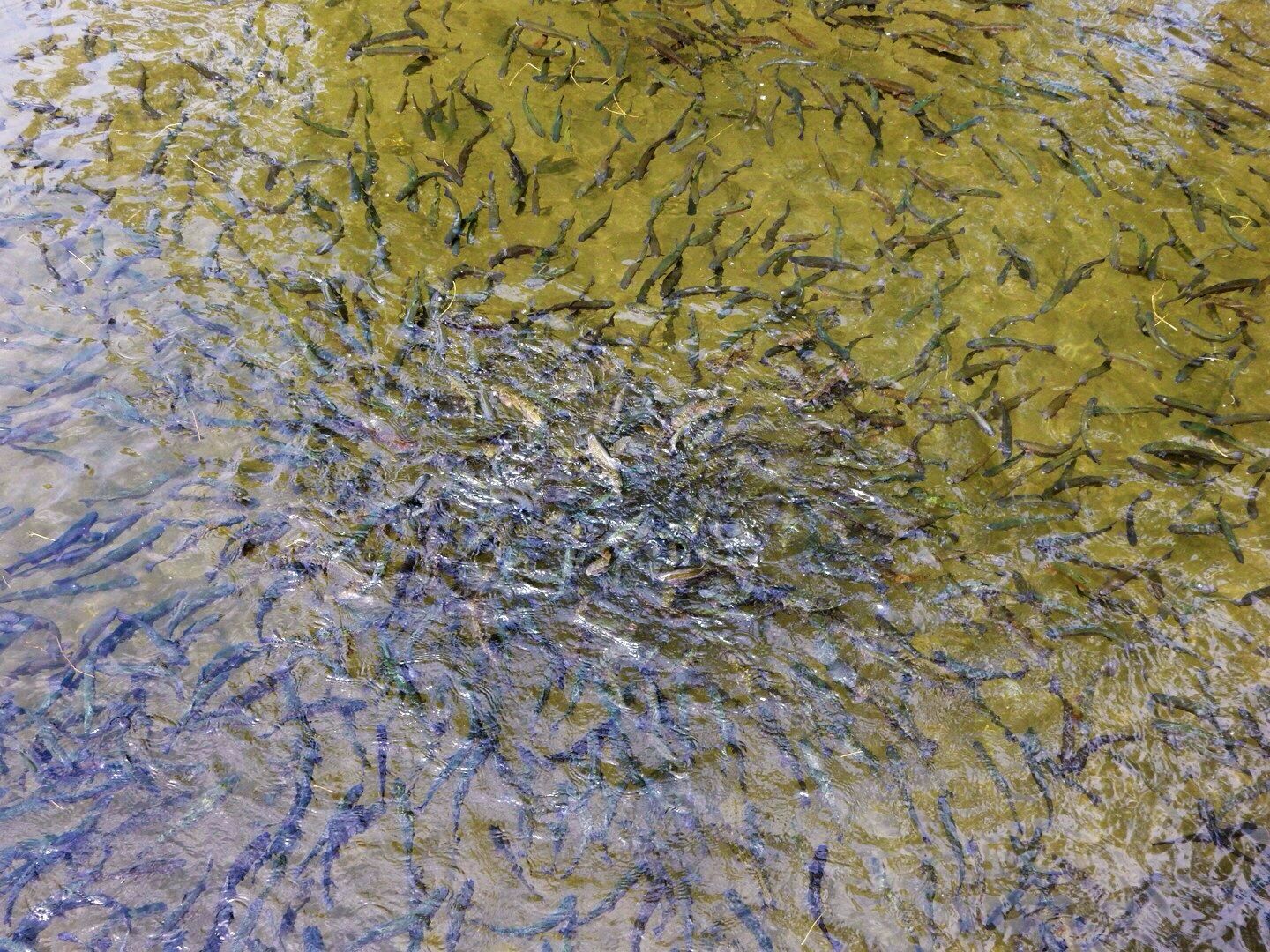
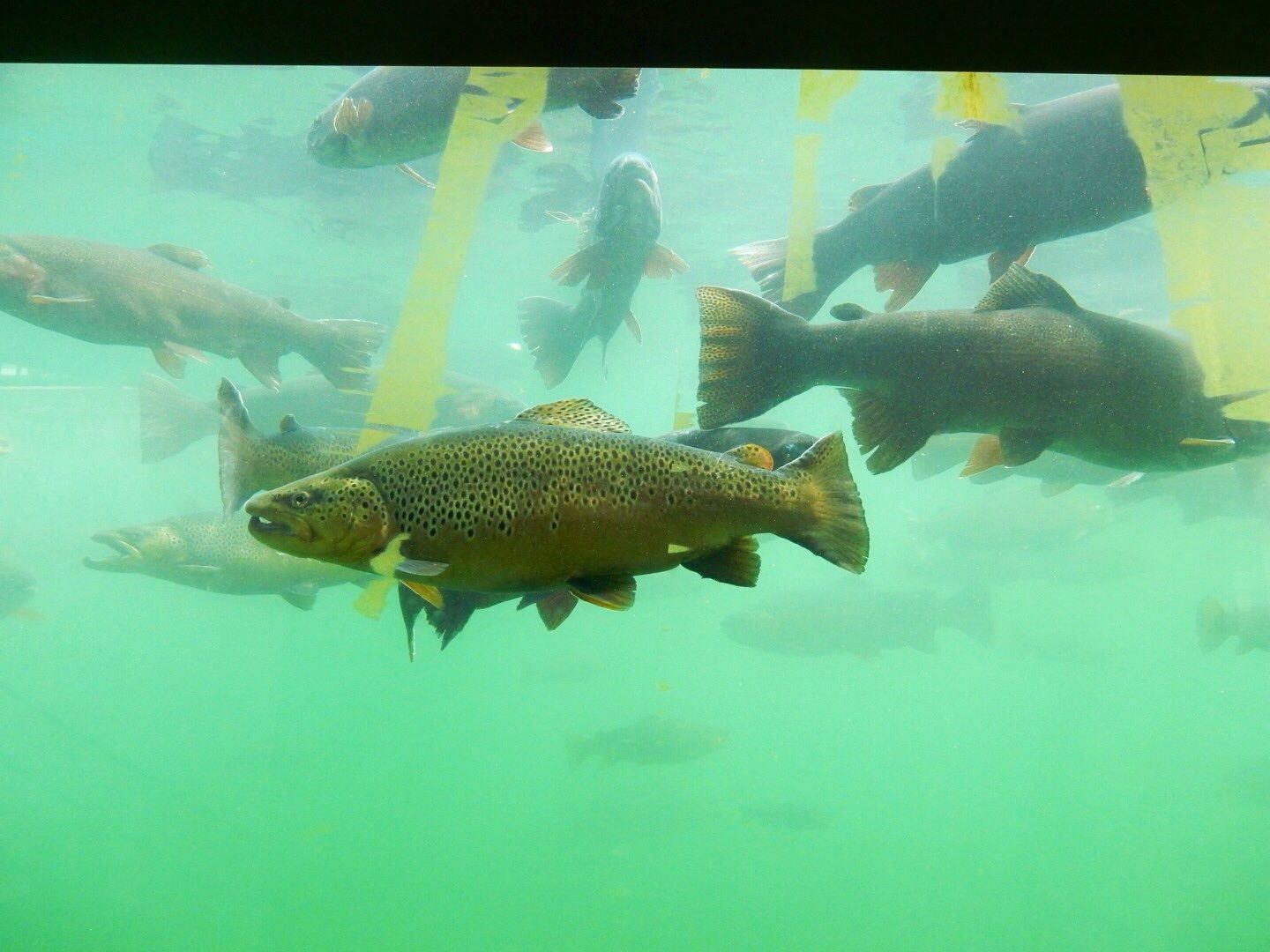
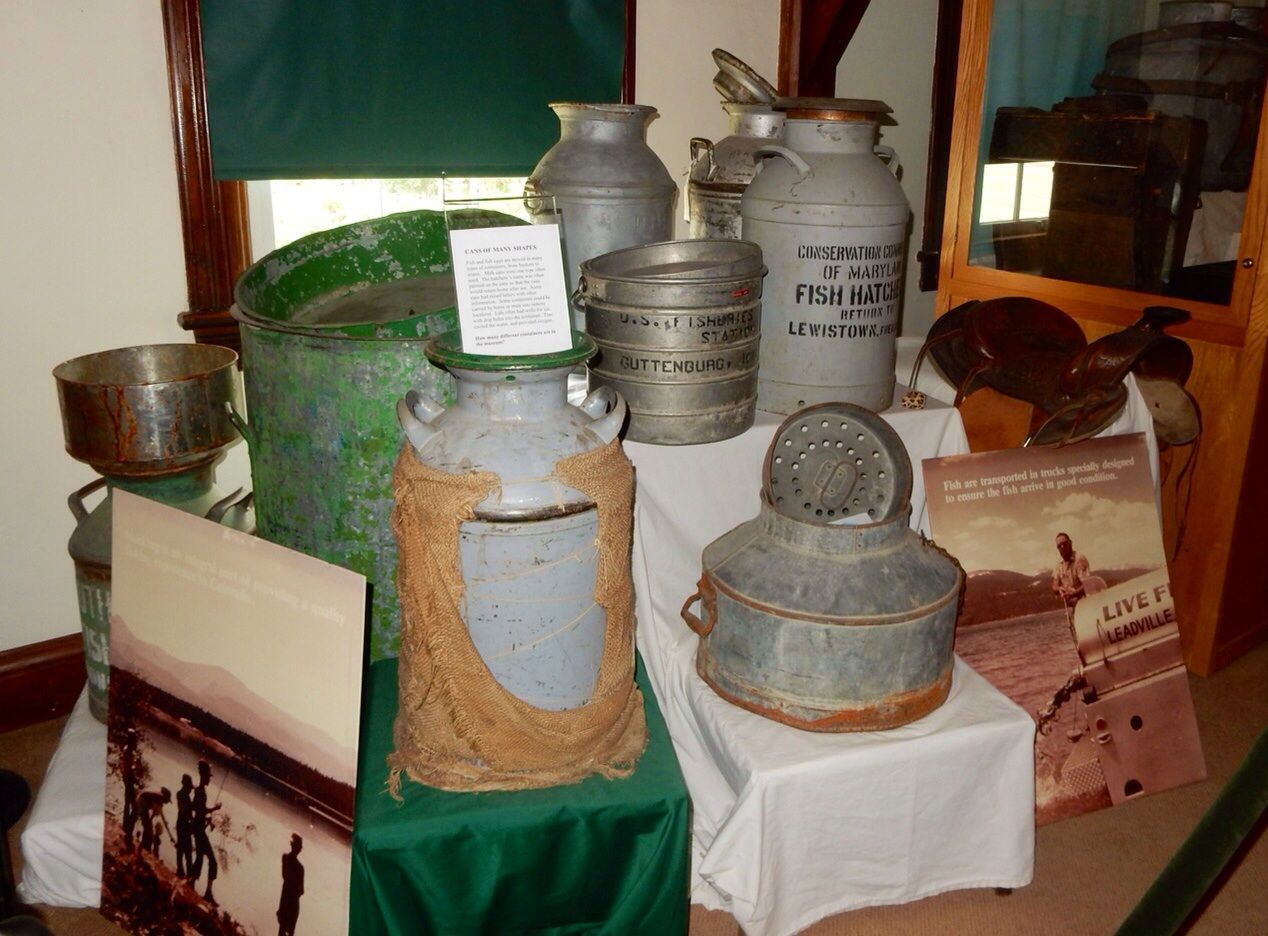

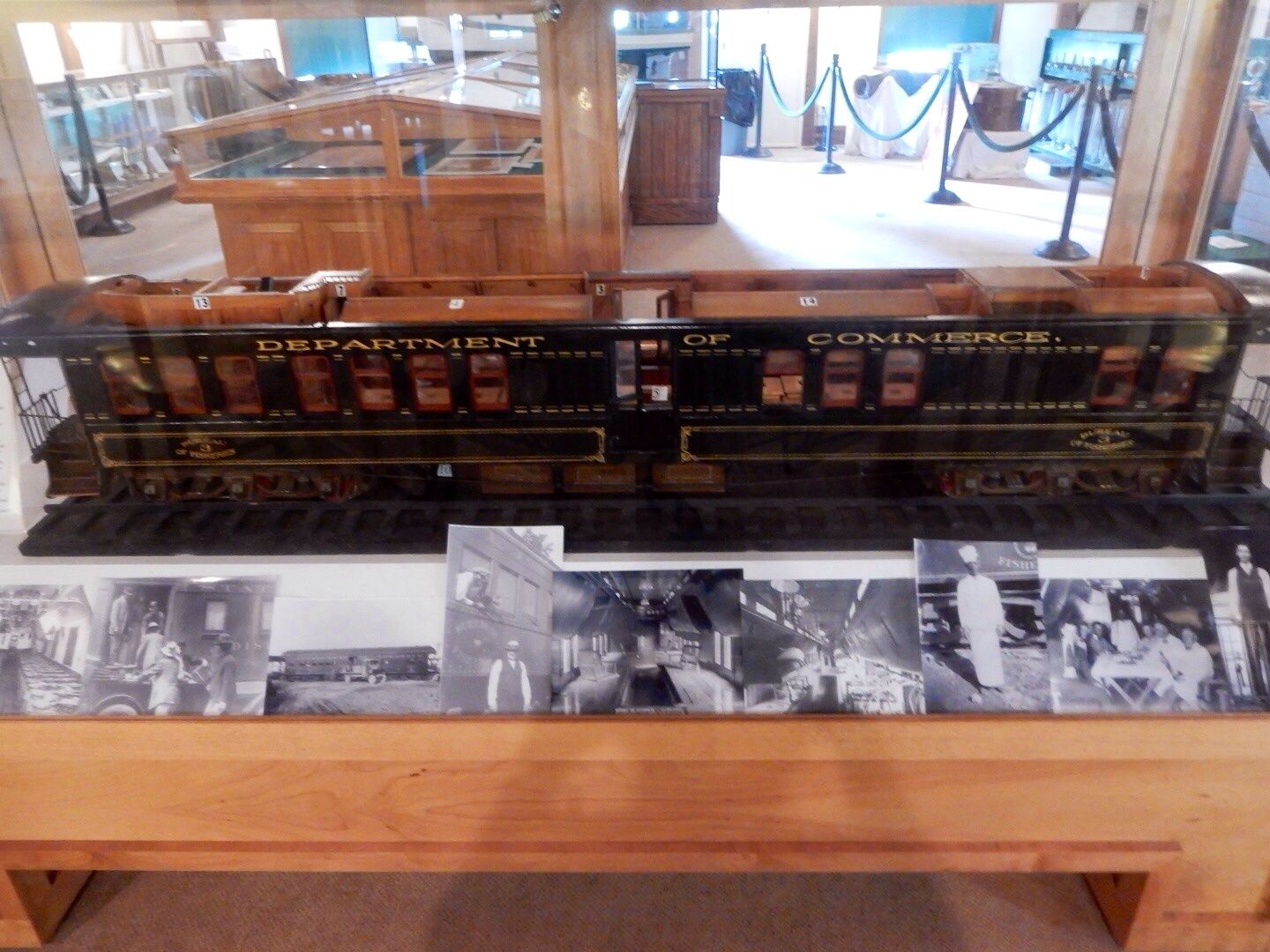



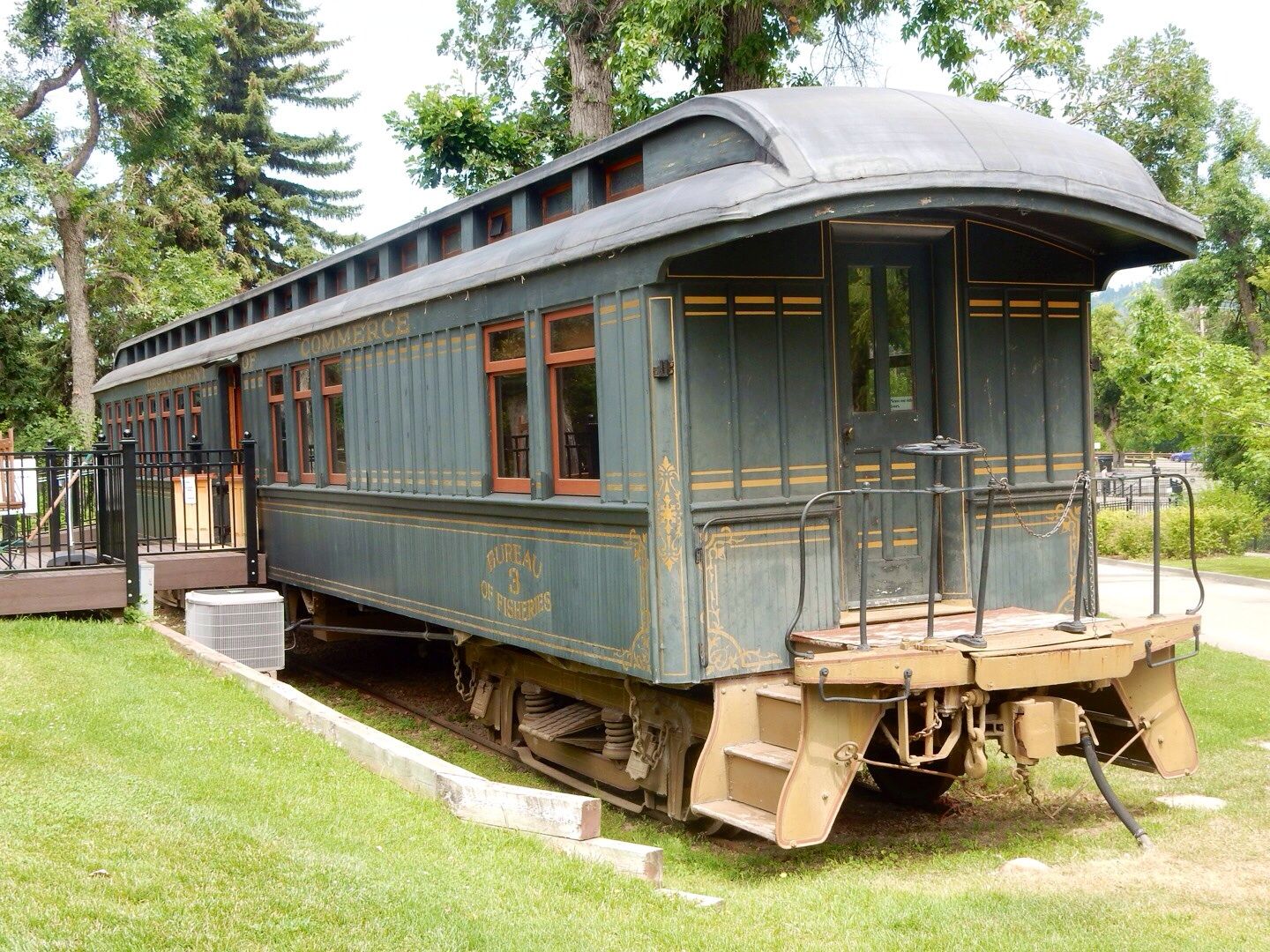
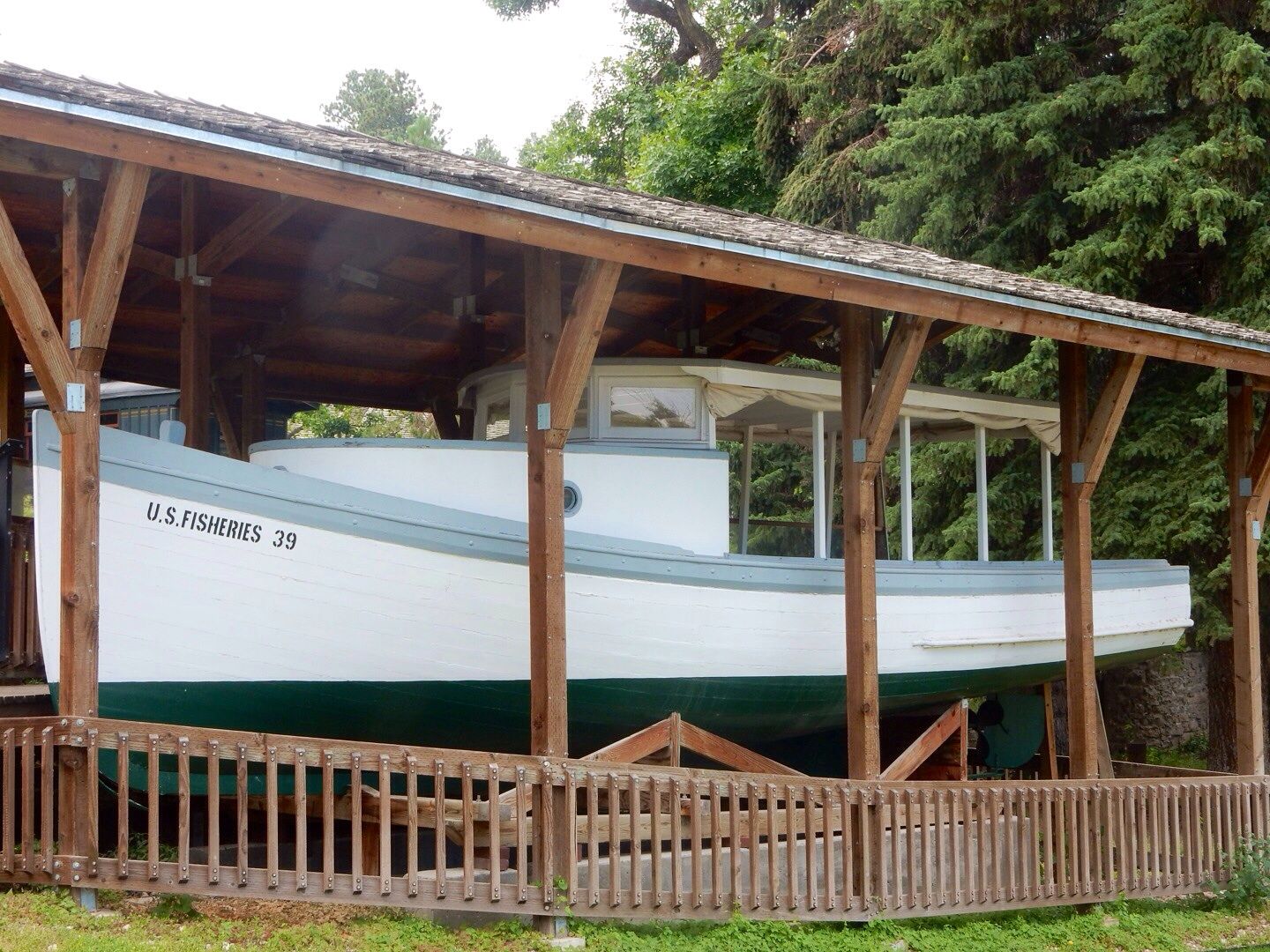

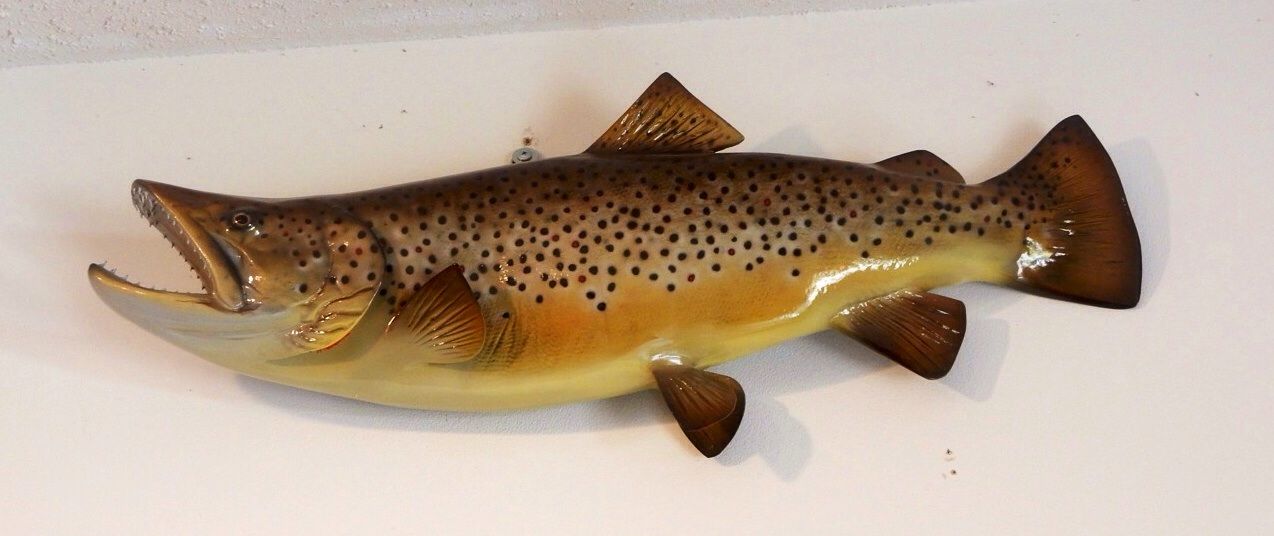
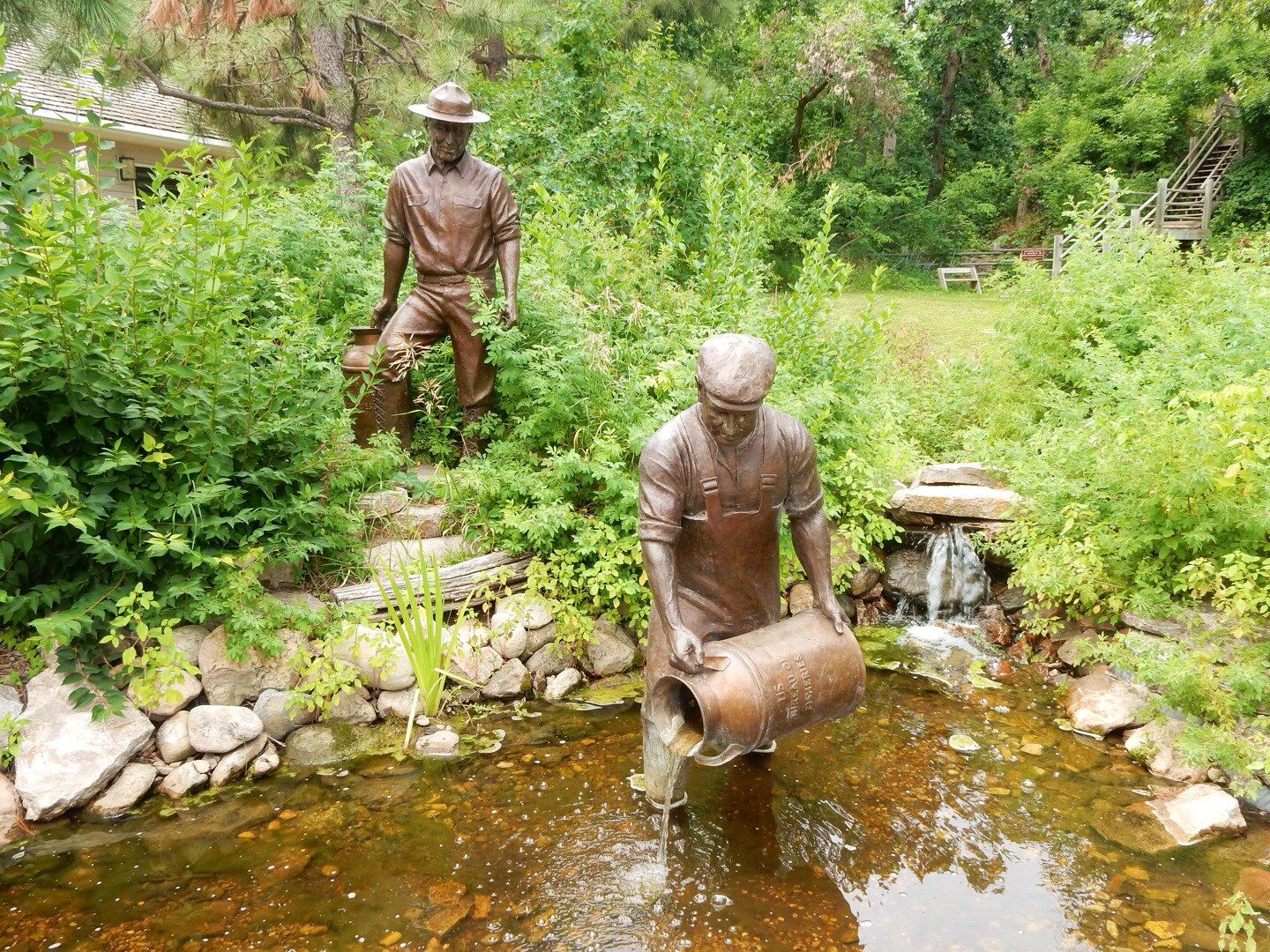
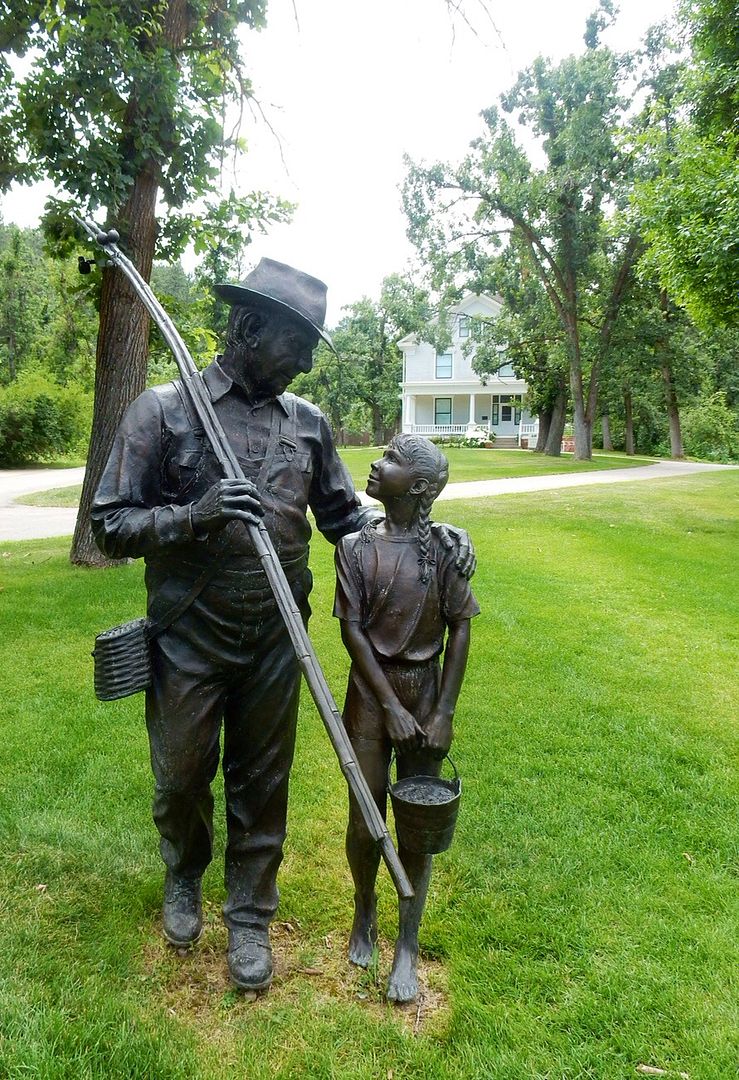


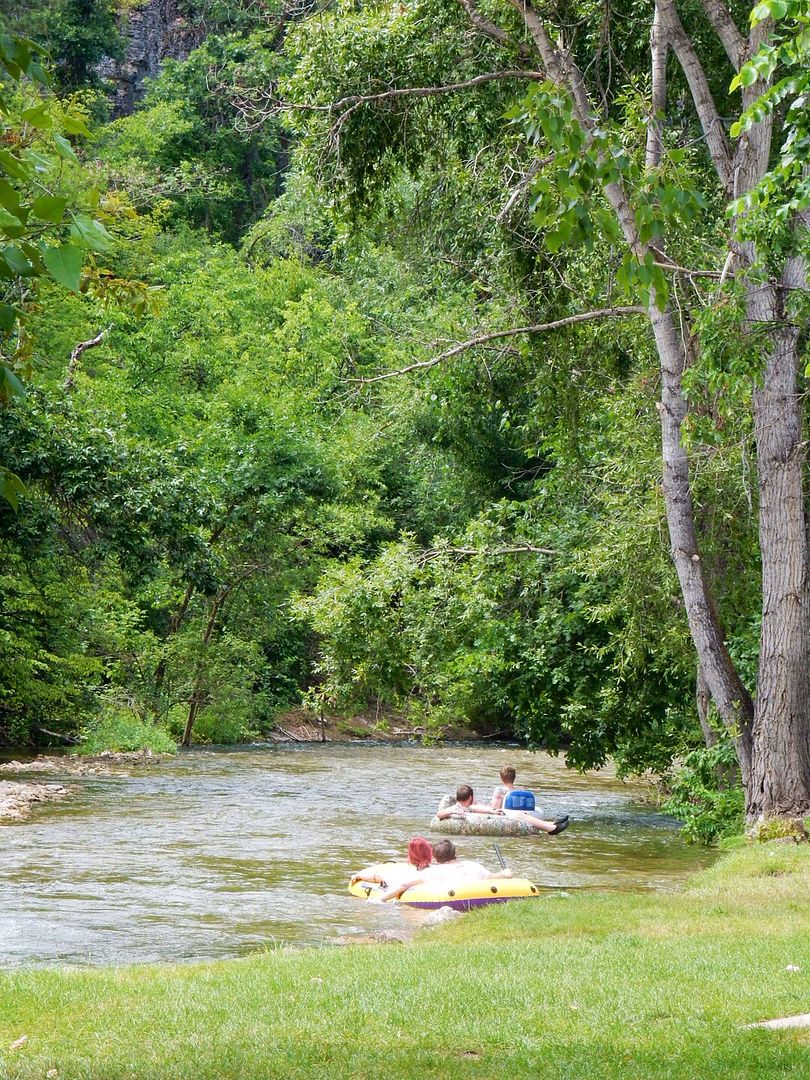
No comments:
Post a Comment